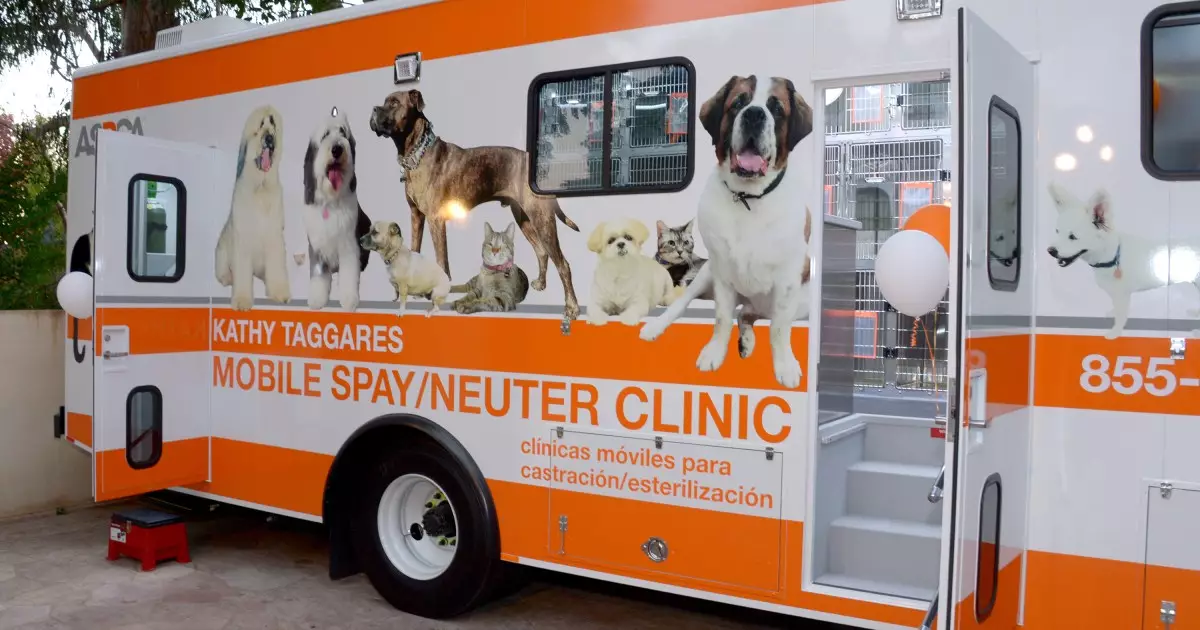In recent years, pet overpopulation has emerged as a significant challenge, leading to a staggering number of dogs and cats ending up in shelters. This crisis is not merely about the sheer number of animals; it encompasses the tragic outcomes that many of these pets face, including euthanasia due to overcrowding and insufficient resources. Spaying and neutering are essential measures that responsible pet owners can take to combat this issue effectively. Not only do these procedures help to decrease the overall pet population, but they also contribute to better outcomes for the animals that are already in shelters, allowing them to receive the care and attention they need.
Beyond population control, spaying and neutering present significant health advantages for pets. Dogs that remain unaltered are at heightened risk for various reproductive cancers, such as mammary tumors in females and testicular cancer in males. Moreover, unspayed or unneutered dogs may exhibit behaviors driven by hormonal influences, increasing the likelihood of aggression or territorial tendencies. These behaviors can lead to escape attempts and accidents, putting the dog’s safety at risk. Altering pets not only aids in mitigating these concerns but also leads to calmer behavioral profiles that make for better companions.
Recognizing that not all pet owners can afford the costs associated with spaying and neutering, many communities have established low-cost clinics to make these procedures accessible. Often, these facilities rely on the dedication of volunteers and veterinarians who donate their expertise to provide essential care to pets in need. These clinics serve as lifelines for pet owners who genuinely struggle financially yet wish to responsibly manage their animals’ reproductive health. However, the sustainability of these clinics is contingent upon their ability to serve the right demographics without being overwhelmed by individuals who could afford this care privately.
Unfortunately, there is an undeniable challenge when it comes to ensuring that low-cost spay and neuter clinics serve those they are intended for. Some individuals take advantage of these resources, presenting themselves at clinics with purebred dogs purchased from breeders, thereby diverting valuable time and resources away from those genuinely in need. This practice not only strains the operating capacity of these non-profit facilities but also undermines their mission and the goodwill of those who contributed to their funding.
To maintain integrity within low-cost spay and neuter clinics, many have implemented measures to assess the financial need of clients. Some facilities require proof of income or public assistance, ensuring that their limited resources are allocated to those who truly cannot afford regular veterinary services. While this method can help preserve the clinics’ mission, it is essential also to consider the difficulties some individuals may face in documenting their financial situations. In moments of urgent need, they may not have the required documentation on hand. Balancing accessibility with responsible resource allocation remains a complex dilemma for clinic operators.
One effective way to curb the misuse of low-cost clinics involves raising community awareness surrounding the significance of these services and fostering a culture of integrity among pet owners. Educational campaigns can inform the public about the ethical implications of taking advantage of charitable services and the detrimental effects it has on their own community. Knowledge about the costs and necessary resources involved in spaying and neutering can cultivate greater empathy and understanding, resulting in a more responsible pet ownership culture.
Spaying and neutering are fundamental components of responsible pet ownership that provide broad benefits for both individual animals and the community at large. By engaging in educational initiatives and fostering awareness about low-cost spay and neuter clinics, we can help ensure that these vital resources remain available for those who truly need them. Responsible pet ownership extends beyond the immediate care of one’s animal; it encompasses a communal responsibility to address the pressing issue of pet overpopulation and encourages more compassionate, informed choices among pet owners. In this collective effort, we can contribute to a healthier future for our pets and communities alike.

